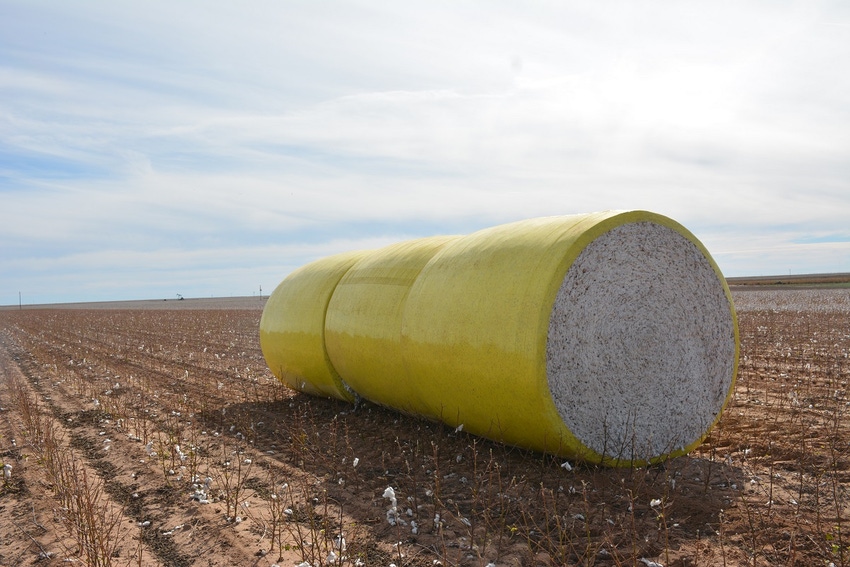June 27, 2016

The latest USDA World Agricultural Supply and Demand Estimates in June represented only minor changes to the previous month’s old crop cotton estimates and new crop projections of supply and demand variables (Table 1).
If we realize the projected supply and demand outcomes, the implication would be for more of the same for prices (cash prices a nickel or so above the loan rate, and futures in the 60s). However, there is always a lot of risk and uncertainty in the projections of crop production, utilization, and markets. For example, the U.S. could see a 2 million or 3 million bale swing in production, depending on how the summer goes. That is why the USDA put a 20 cent range around its forecast of a 57 cent average farm price (Table 1).
And of course, the U.S. cotton balance sheet is linked to the world situation via exports. The world situation has been dominated by China’s stocks policy, and that influence will certainly remain.
But the world outside of China has been getting a little tighter. The USDA projects U.S. ending stocks-to-use to remain over 30 percent. That level is really neither bearish nor bullish — it historically supports a continuation of range-bound prices.
The U.S. situation is a bit tighter than the world minus China, which has over 40 percent stocks-to-use (Figure 1). Both of these are considerably tighter than China’s projected 130 percent stocks-to-use.
RISK, UNCERTAINTY
The risk and uncertainty that characterize U.S. production in 2016 applies to the rest of the world, too.
Of major concern is what kind of weather is experienced by growers in places like China, India, Pakistan, Brazil, and Australia. For example, India had been forecast to have an above average monsoon season, but then the rains came a bit late. Just like summer rains in the U.S, how things go on the Indian sub-continent could matter a lot to production, ending stocks, and prices.
My interpretation of all this is that the surplus in China and the tightness (or at least, the uncertainty) outside of China are what will likely maintain the current range of prices.
Then there are the influences of external catalysts (e.g., speculative funds) and other financial developments. At this writing, world financial markets are retreating in a huge “risk off” move in apparent response to the UK vote to leave the European Union. This has mostly nothing to do with agriculture, but the reaction in currency markets is enough to pull money out of commodities.
These kinds of developments often come as a surprise and give rise to short-lived market reactions. In the case of cotton, these kinds of external shocks will likely keep cotton prices bouncing around within the longstanding range.
For additional thoughts on these and other cotton marketing topics, please visit my weekly on-line newsletter at http://agrilife.org/cottonmarketing/
Table 1. U.S. Cotton Supply and Use Estimates (Old Crop) and Projections (New Crop).
|
| ||||||||||||||||||||||||||||||||||||||||||||||||||||||
|
| ||||||||||||||||||||||||||||||||||||||||||||||||||||||
|
|
About the Author(s)
You May Also Like




